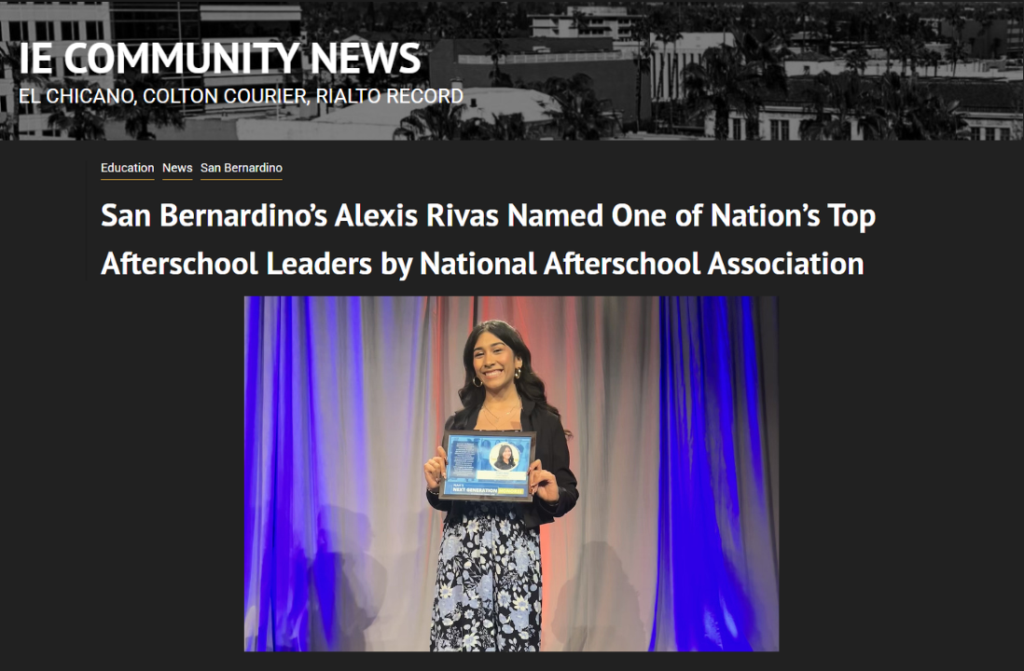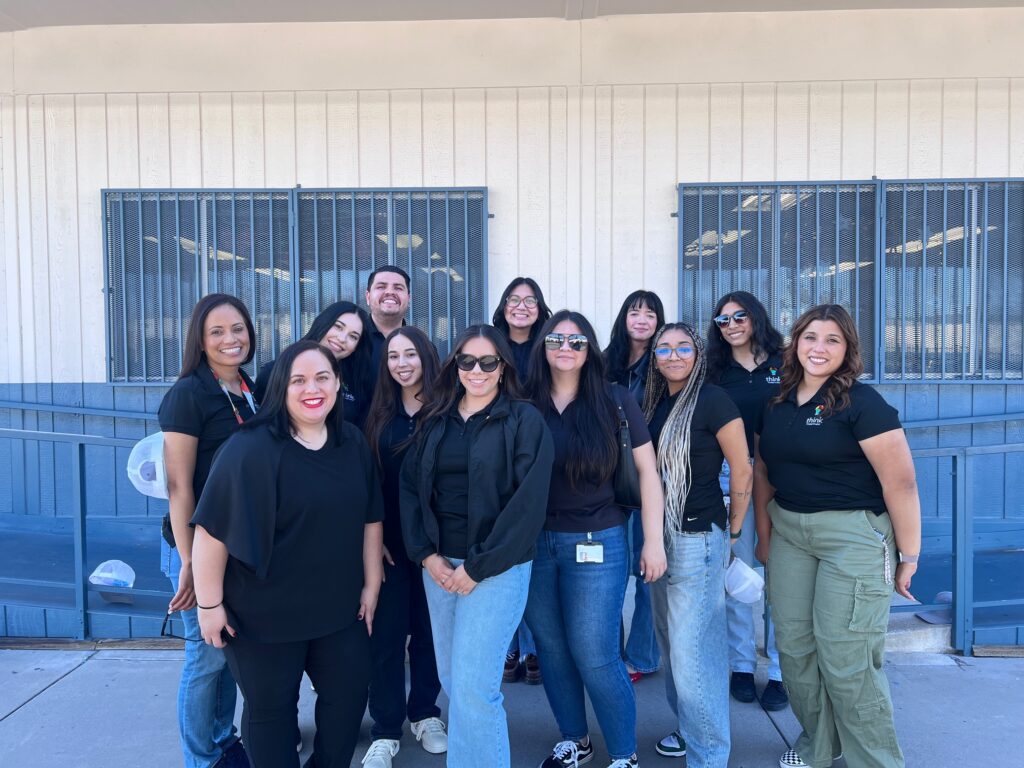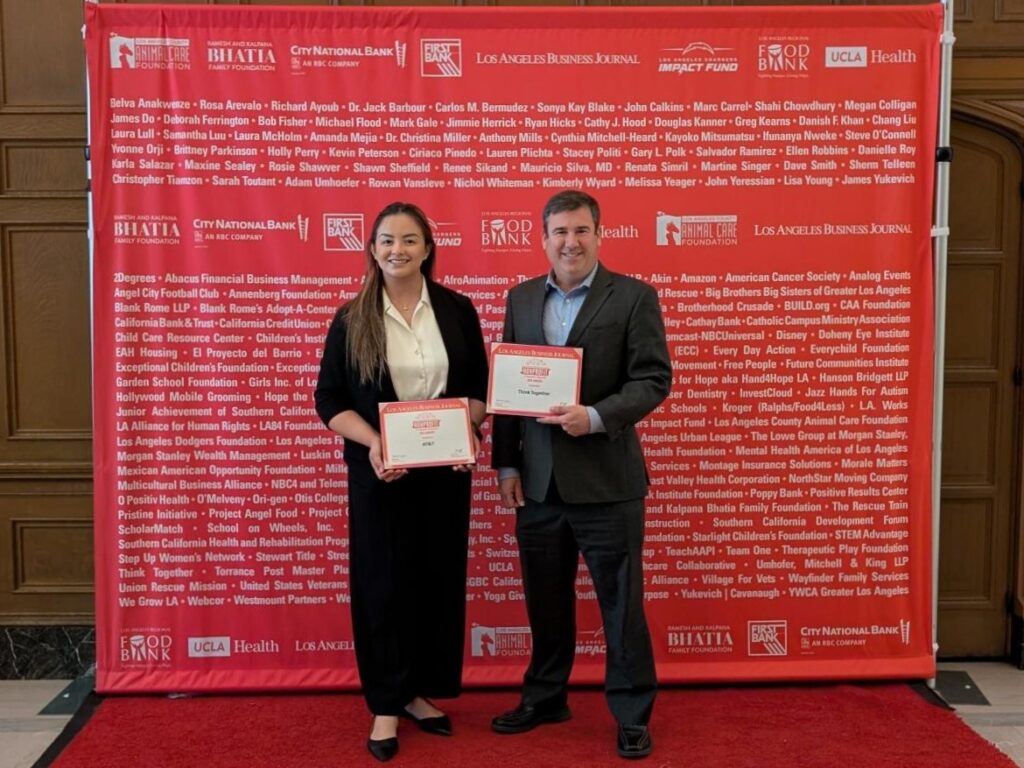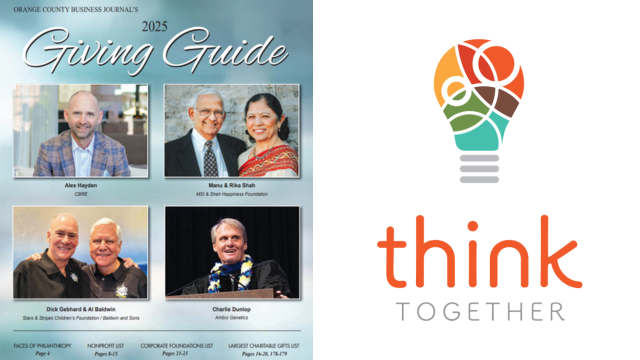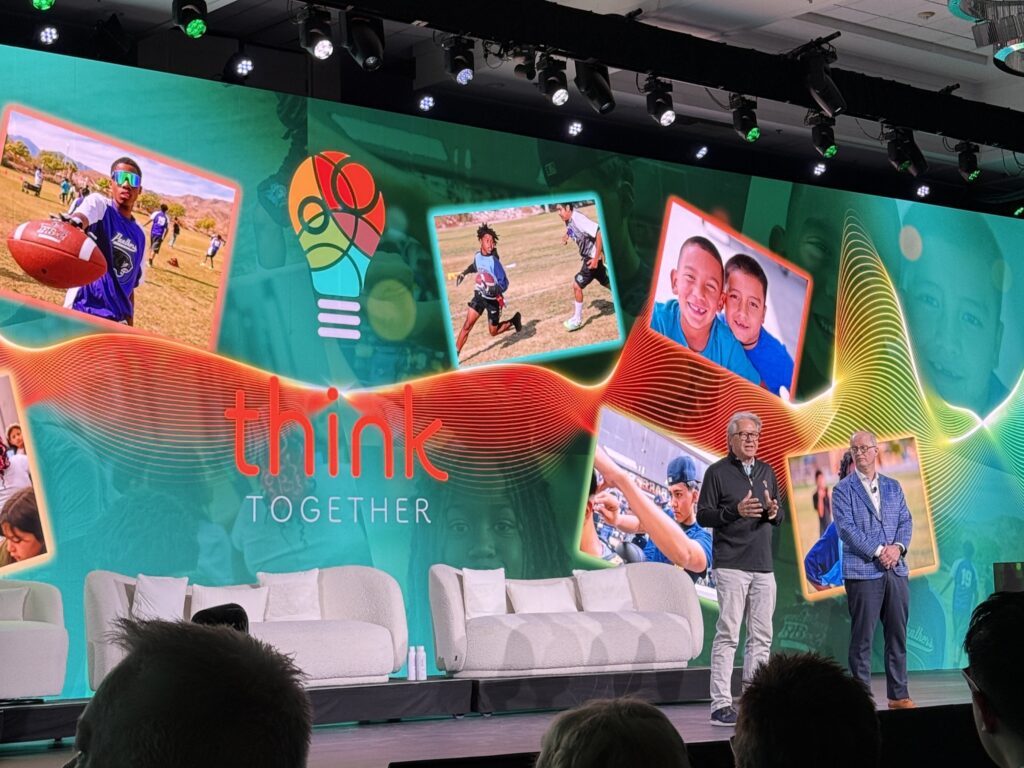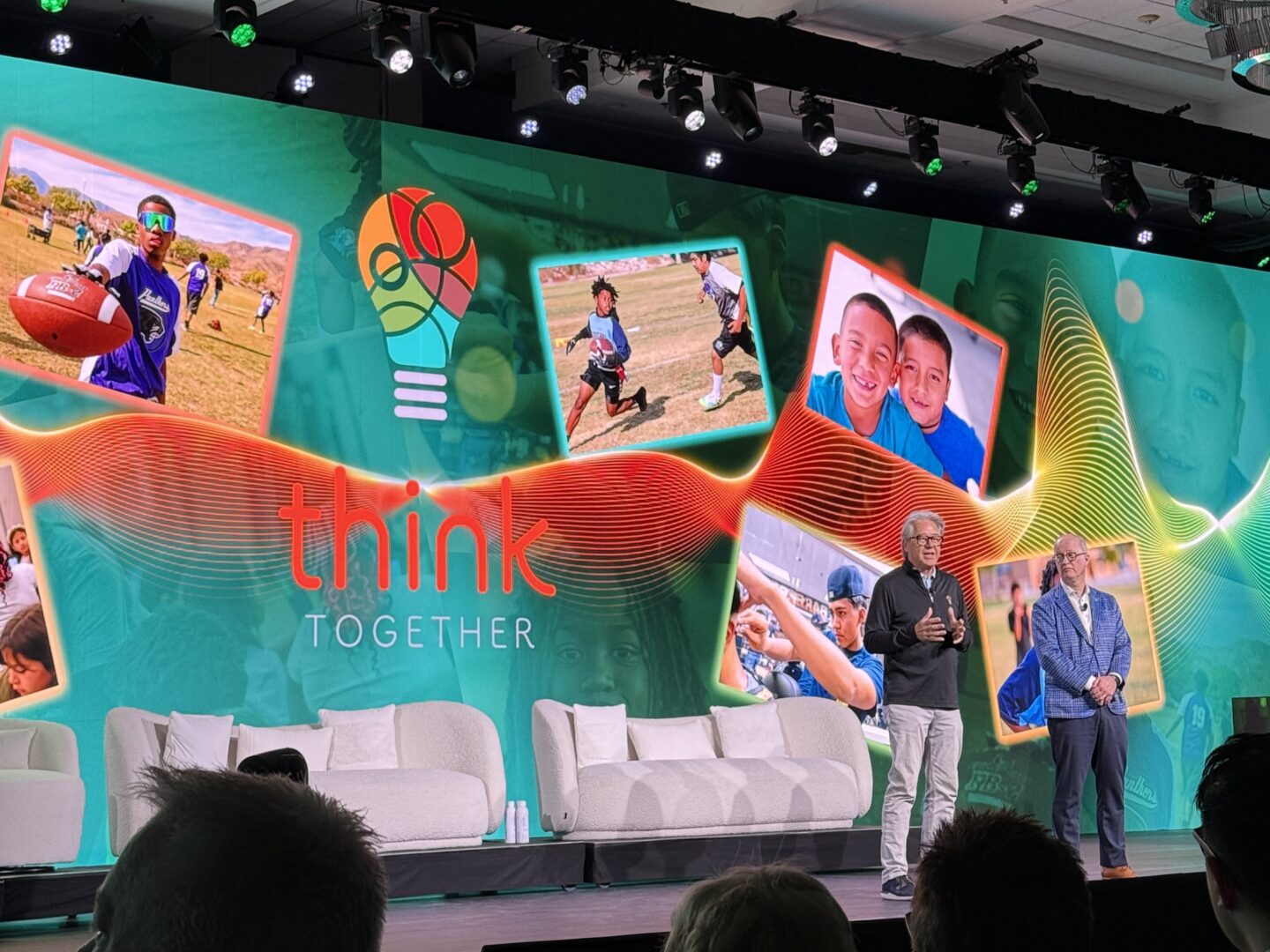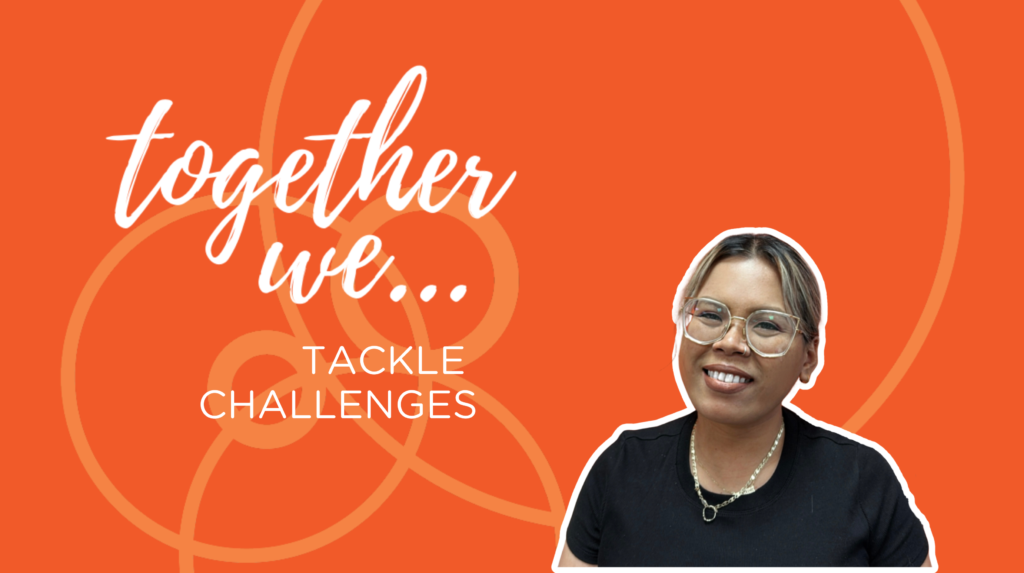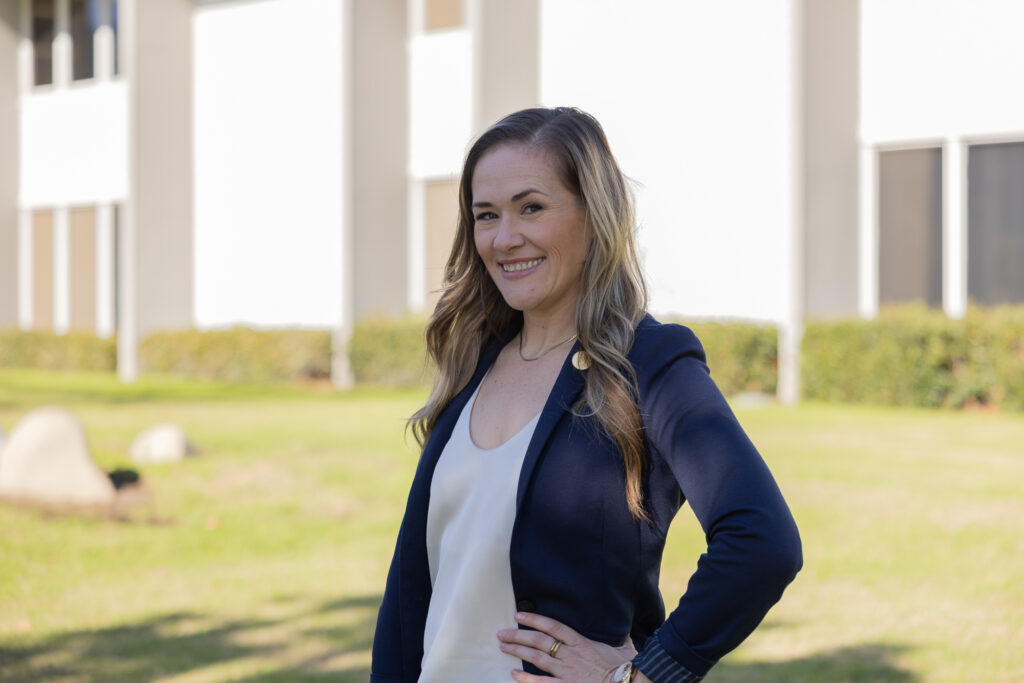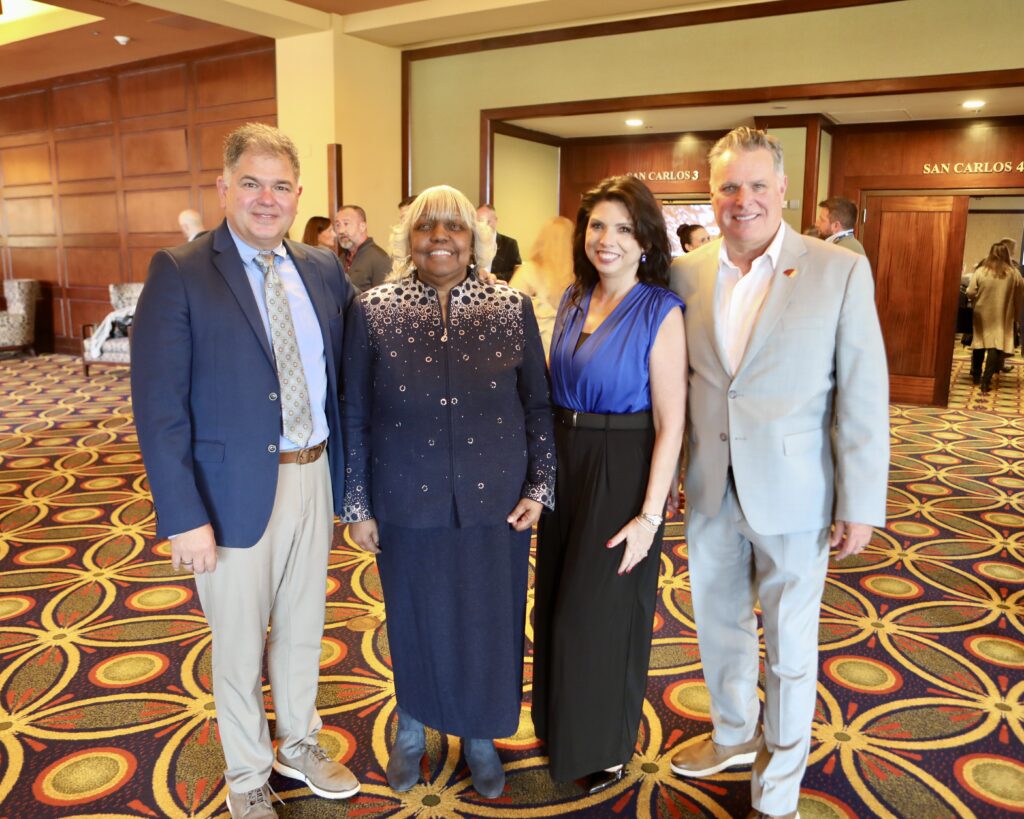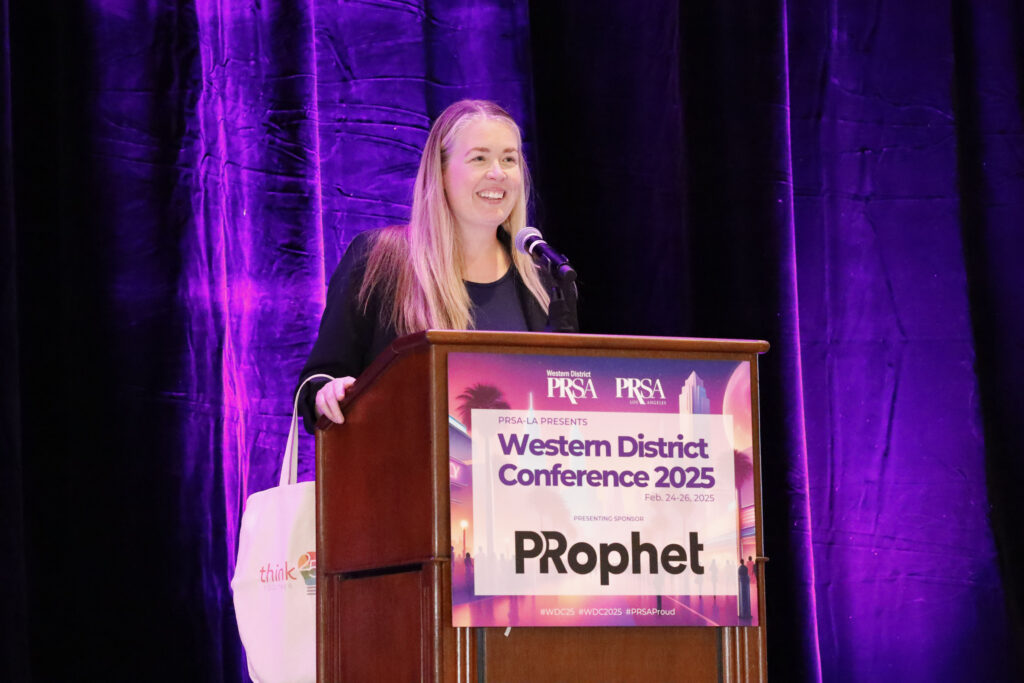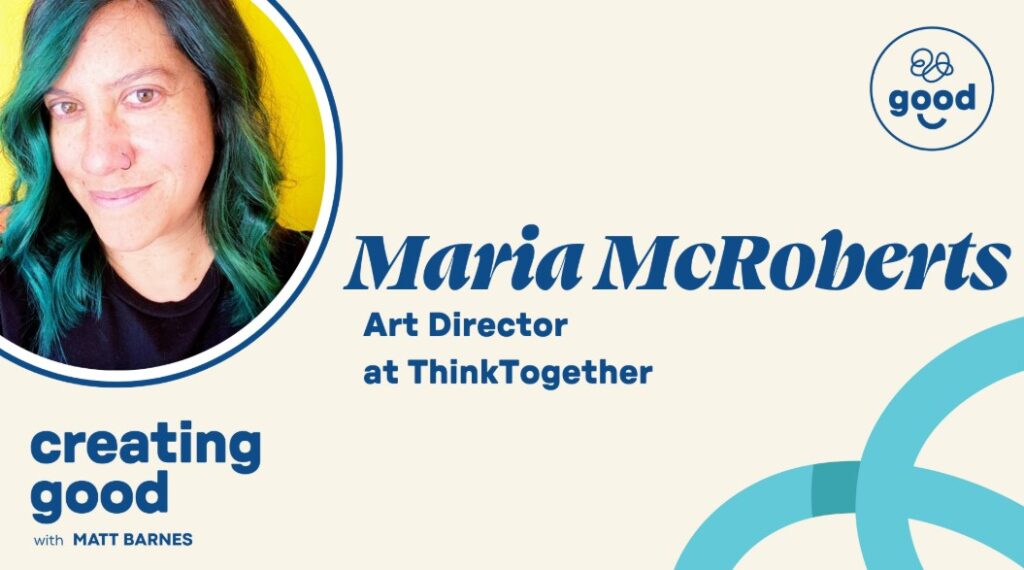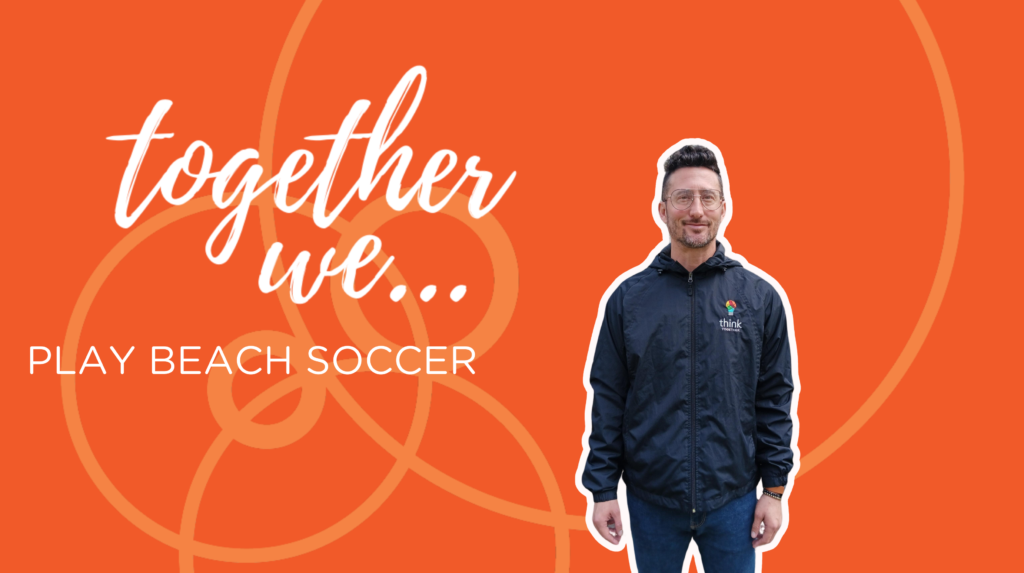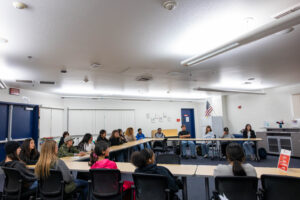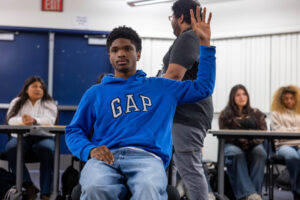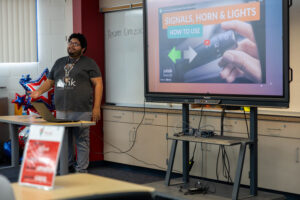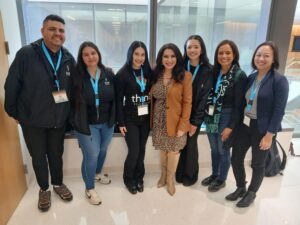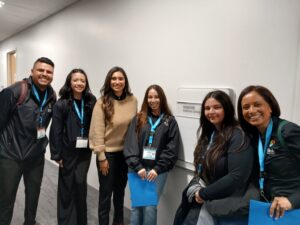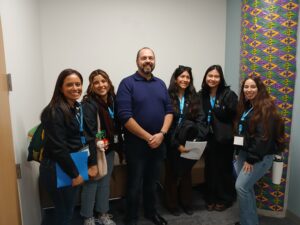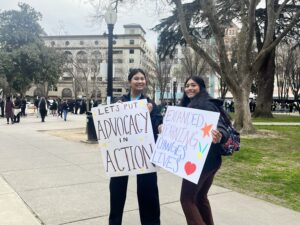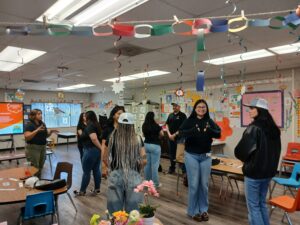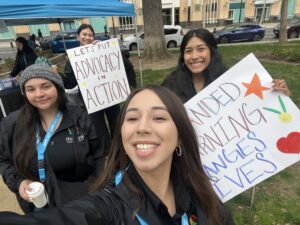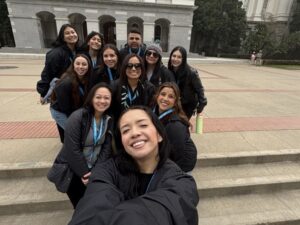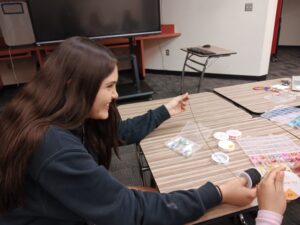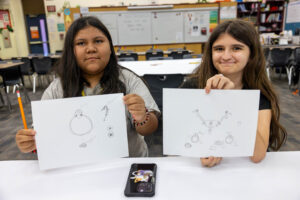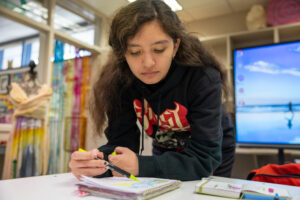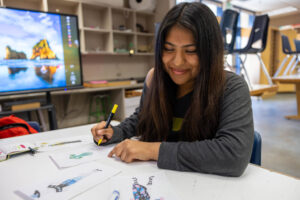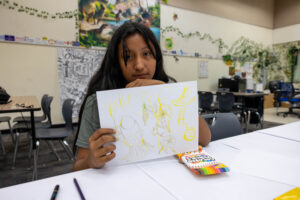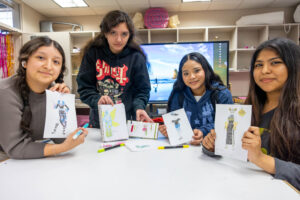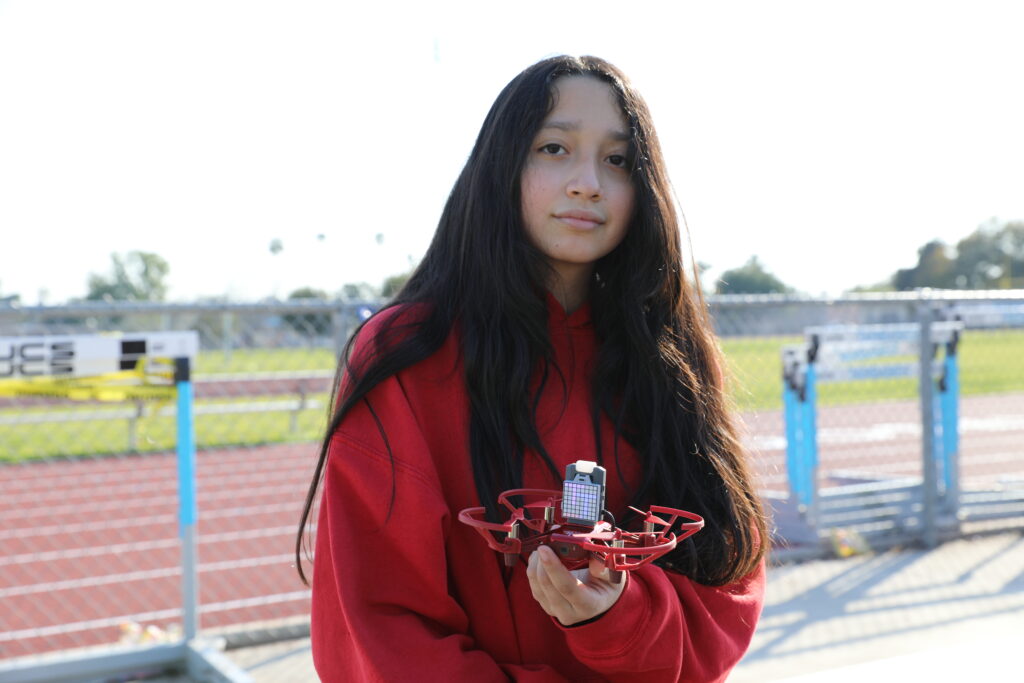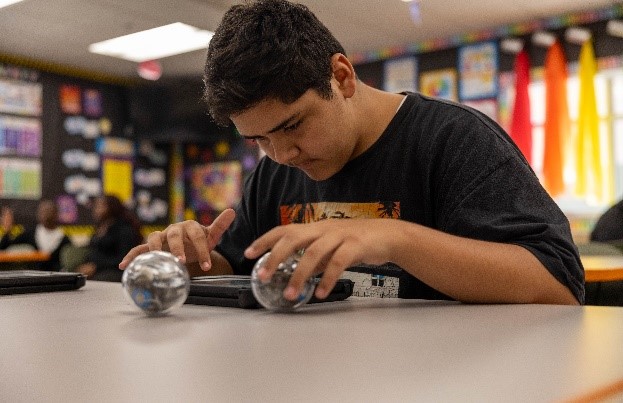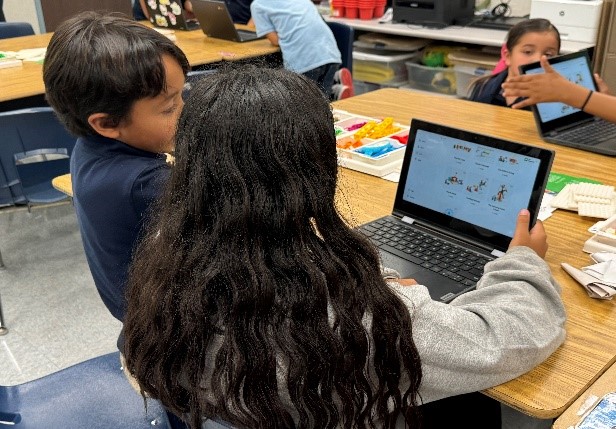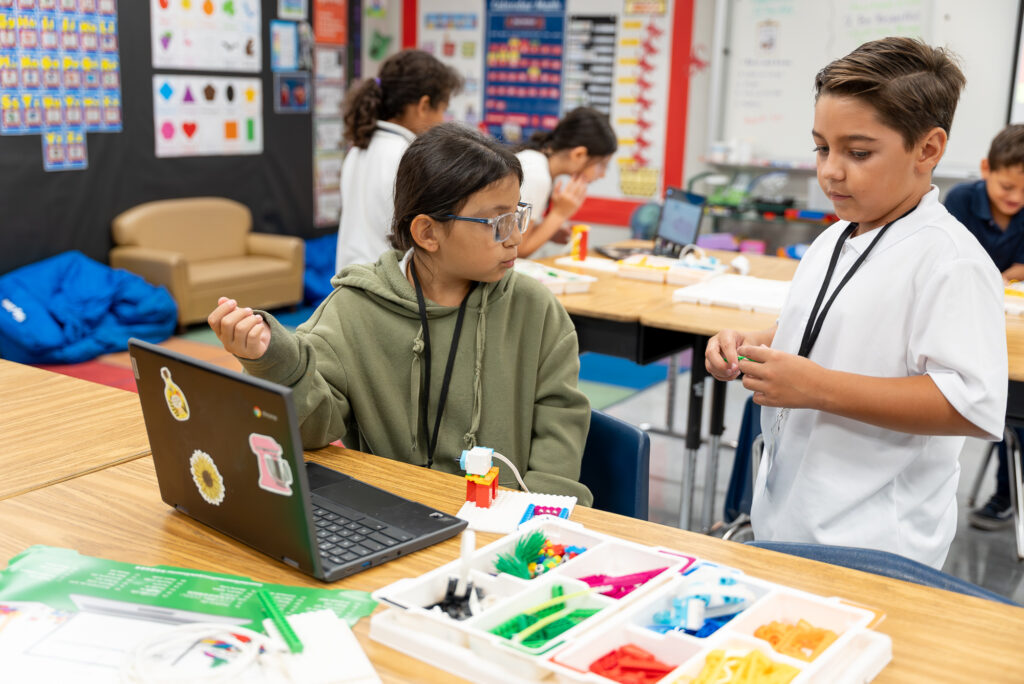Women’s History Month was founded by the National Women’s History Alliance (NWHA) in 1980 in Santa Rosa, California, and has since worked toward creating a space to write women back into history. Every year, the NWHA selects a theme to celebrate women’s history and this year they’ve designated it as “Moving Forward Together! Women Educating & Inspiring Generations.”
Please join Think Together in highlighting the many women who are inspiring generations to come to continue to break barriers!
The Beginning of the Women’s Rights Movement
Elizabeth Cady Stanton, Lucretia Mott, Mary M’Clintock, Martha Coffin Wright, and Jane Hunt were the five women who organized the Seneca Falls Convention in 1848 in New York. The convention was the catalyst that set off the suffrage era, when women fought for their social and civil rights.
First Woman in Congress
As the suffrage movement was gaining traction, Jeanette Rankin was the first woman to be elected to Congress, representing Montana in 1916. She won her election to the House of Representatives by a margin of 7,500 votes and dedicated her term to advocating for women’s rights. Rankin was one of the founding members of the Committee on Woman Suffrage, which spearheaded the legislation to grant women the right to vote nationwide.
Voting Became a Constitutional Right for Women
In 1920, the 19th Amendment was ratified into the U.S. Constitution, granting women the right to vote. Although minority women were discouraged from joining the national suffrage movement, many supported the amendment as they believed it was a step into the right direction for equality. The National Association of Colored Women Clubs (NACWC) was established in 1896 to create a space for Black women during the movement.
The same year the 19th Amendment was ratified, over eight million women flocked to the voting polls across the U.S. to cast their votes during the election in November. It still took more than 60 years for all the states to ratify the 19th Amendment; Mississippi being the last state in 1984.
Sky’s the Limit for Legendary Woman Pilot
American Aviator Amelia Earhart made history in 1932 when she became the first woman to fly solo across the Atlantic Ocean. Three years later, she became the first person ever to fly alone from Hawaii to the U.S. mainland. Her Atlantic Ocean flight earned her the Distinguished Flying Cross, the first woman to receive that honor. Earhart is regarded as a pioneer for women in aviation, and to this day her tragic disappearance in 1937 while flying over the Pacific Ocean remains one of the greatest unsolved mysteries of all time.
The “First Lady of Physics”
Dubbed the “First Lady of Physics,” “Queen of Nuclear Research,” and “the Chinese Madame Curie,” Chinese American particle and experimental physicist Chien-Shiung Wu, made groundbreaking contributions to the scientific field. In 1944, she became a vital member of the Manhattan Project, using her expertise as a particle physicist to develop the process for separating uranium into uranium-235 and uranium-238 isotopes by gaseous diffusion.
Wu was also the first female instructor to join the faculty at Princeton University and is the first woman to receive a Doctor of Science from Princeton University.
A Little Girl Named “Annie Allen” Makes History
Gwendolyn Brooks poetry book “Annie Allen,” which is the story of an African American girl growing up into adulthood, received a Pulitzer Prize in poetry in 1950. Brooks made history as the first Black person to win the award and was also the first Black woman to serve as Consultant of Poetry for the Library of Congress. Much of her work revolved around telling the story of Black people and the injustices they faced. Brooks published her first poem, “Eventide,” when she was only 13 years old.
¡Si Se Puede!
Dolores Huerta was a leading force behind Latino activism in the late 1960s. She began her career as an elementary school teacher but resigned when she realized the devastating conditions her students lived in and the unfair treatment their parents received from being farm workers.
Huerta established various associations to support migrant farm workers in California, her biggest accomplishment being when she teamed up with fellow civil rights leader Cesar Chavez. Together, they co-founded the national United Farm Workers of America Labor Union, which works toward helping migrant farm workers establish equal workplace practices in the agricultural industry to this day. The union’s famous slogan during protests being, “¡Si se puede!” (Yes, we can!).
Women Can Be College Athletes
Congresswoman Patsy Takemoto Mink played a pivotal role in the passing of Title IX of the Education Act in 1972 which stated that “no person in the United States shall, on the basis of sex, be excluded from participation in, be denied the benefits of, or be subjected to discrimination under any education program or activity receiving Federal financial assistance.” She was the first Asian American and woman of color in Congress and was an advocate for breaking down barriers for all. Following her death in 2002, the Title IX act was officially renamed to the Patsy T. Mink Equal Opportunity in Education Act in her honor.
Title IX was mostly known for promoting gender equality in college sports, opening the door to numerous opportunities for women looking to pursue a college athletic career. It also banned discrimination based on sex in college courses such as science, technology, engineering, and math.
Women Establish Their Own Credit History
It wasn’t until 1974, when the Equal Credit Opportunity Act (ECOA) was passed that women were finally able to apply for credit cards in their own name. Previously, banks required a man to be present to co-sign when issuing a credit card if a woman was divorced, widowed, or single. If married, she could take out a card in her husband’s name. Women were also bombarded with questions by banks when applying for a credit card before the ECOA was passed. They’d be asked about their marital status, number of children or if they planned to have children.
First Woman Supreme Court Justice
Sandra Day O’Connor was nominated to serve on the U.S. Supreme Court in 1981 by President Ronald Reagan, becoming the first woman to hold that position. She went to serve on the nation’s highest court for 24 years and was part of many groundbreaking cases like Davis v. Monroe County Board of Education and Bush v. Gore. After her retirement, she became a frequent lecturer and in 2009 was awarded the Presidential Medal of Freedom by Barack Obama.
Women Taking Over Space
Dr. Mae Jemison flew into space in 1992 aboard the Endeavour on mission STS47, making history as the first African American woman to go into space. She started her career in the medical field as a general practitioner and led medical research projects on rabies and a Hepatitis B vaccine, among other groundbreaking discoveries.
She later made a career change to become an astronaut and was the first Black woman in the NASA astronaut training program. During the eight days she was in space, she conducted experiments on weightlessness and motion sickness on the crew and herself.
Fast forward to thirty years later, space continues to be a place for women to reach for the stars. Astronaut Kellie Gerardi became the 90th woman to fly into space and is now set to lead an-all female space crew in 2026 aboard Virgin Galactic’s Delta class spacecraft.
The Notorious RBG
Ruth Bader Ginsberg was the second woman, and first Jewish woman to ever be appointed as a Supreme Court justice. She was a women’s rights activist and fought for gender equality in the eyes of the law, while also being the lead counsel for the American Civil Liberties Union (ACLU) Women’s Rights Project. One of her most notable cases were when she wrote the Supreme Court’s landmark decision in United States v. Virginia in 1996. The case landed on the decision that the state-supported Virginia Military Institute could not refuse to admit women. Ginsberg was also the first female tenured professor at Colombia University.
Creating Healthier American Youth
In 2010, the Let’s Move campaign proposed by then First Lady Michelle Obama created a monumental impact to school lunches in the United States. With the goal of including healthier, well-balanced meals for children, the campaign was able to pass the Healthy, Hunger-Free Kids Act into law in 2010. With this legislation, it set new standards for school meals requiring them to offer more fruits, vegetables, whole grains, and low-fat dairy products. It also limited the amount of sodium, saturated fats, and trans fats that could be in the students’ meals. It provided over 21 million low-income students with reduced-price school lunches.
Women Making Huge Strides in Sports
During the 2016 Summer Olympic Games, fencing athlete Ibtihaj Muhammad made U.S. history by being the first Muslim woman to wear a hijab while representing the United States at the Olympics. She was also the first Muslim American woman to win an Olympic medal when she won a bronze medal for the U.S. Saber Fencing Team. Because of her barrier breaking achievements, Mattel honored Muhammad by creating a Barbie doll in her honor and likeness. Her Barbie is the first to be made wearing a hijab.
Another honored win was in 2023 when American gymnast Simone Biles became the most decorated gymnast in history at the Artistic Gymnastics World Championships in Antwerp, Belgium. She won the individual all-around title at the world championships for the sixth time. Today, she holds 11 Olympic medals, coupled with 30 World Championship medals.
Later in 2024, women achieved another accomplishment in sports when the National Hockey League named its first female assistant league coach, Jessica Campbell, for the Seattle Kraken team. This is a huge accomplishment as it’s reported that women hold fewer than 25% of senior leadership positions in professional sports leagues.
Native American Representation in Congress
U.S. politicians Deb Haaland and Sharice Davids were sworn in at the 116th Congress in 2019, becoming the first Native American women to serve in Congress. Haaland is also the first Native American to be part of a president’s Cabinet. She was selected to be President Biden’s Secretary of Interior, which oversees the U.S. government’s treaties and legal obligations to 574 federally recognized tribes.
Hi Barbie!
The live action film “Barbie” took the world by storm when it premiered in 2023. It was a cultural reset for the way women viewed themselves in society and has since become a beacon for feminism and gender equality. Just three weeks after premiering, Warner Bros. announced that the movie “Barbie” had generated $1.03 billion at the global box office, making writer and director Greta Gerwig the first female to solely direct a billion-dollar movie.
Women Making History in Entertainment and Business
In 2024, Janet Truncale was appointed Global Chief Executive and CEO of EY, a Big Four accounting firm, the first woman to lead a Big Four company. Truncale started with the company in 1991 as an intern and has moved her way through the ranks.
For the entertainment world, American actress, singer, and host Keke Palmer made history at the 2024 Emmy award show when she won Outstanding Host for a Game Show. She is the first woman to win in 15 years and the first Black woman to be nominated and win in that category.
Another groundbreaking accomplishment for women that has gained more coverage in 2025 is an all-female management team representing Eagles quarterback Jalem Hurts. This is revolutionary, as Hurts is the only player in NFL history to have an all-female team and only 23% of women are agents in the sports industry.
Women have had a continuous impact in not just the U.S., but also worldwide. Let’s work together to continue the conversation beyond Women’s History Month and keep the learning going!
At Think Together, we strive to create equal opportunities and provide impacting support for all students, regardless of their background.
Explore the links below to continue to expand your knowledge on all the amazing contributions and milestones women have made in history!

